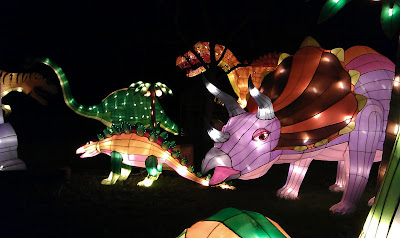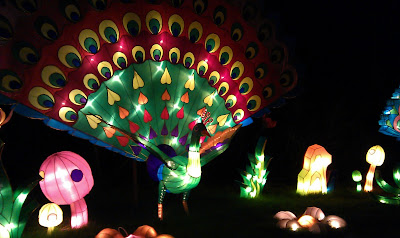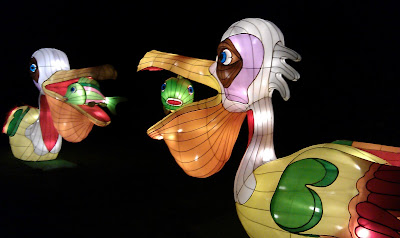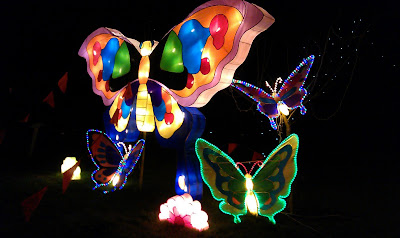 |
| Image created by the blog author. |
One activity to which I've devoted a lot of my time since my arrival in the Netherlands is learning Dutch (known here as "Nederlands"). Learning to speak the local language has thus far been a very fun and rewarding experience, and I plan to stick with it and (hopefully!) become fluent before I return to the United States in a few years.
Being in the Netherlands, there are naturally many resources available for those seeking to learn Dutch. My main resource for developing my Dutch language skills is my language course at the Rijksuniversiteit Groningen, but I also supplement my coursework with Internet "classes" on
Livemocha.com (a fantastic web site for learning languages, with tons of user-generated content); occasional attendance at a "taalcafe," where extremely kind members of the Groningen community help Dutch-learners over coffee and tea (see
this web site); frequent visits to
Dutchgrammar.com, which is an indispensable resource for clear explanations of Dutch grammatical rules; and many other resources, such as dictionaries, neighbors, shopkeepers, etc. - basically anyone who is willing to correct my pronunciation and/or grammar!
So, why am I learning Dutch? You probably know firsthand, or you've heard from someone else, that nearly everyone in the Netherlands speaks English. Well, it is true that nearly everyone (about 90% of the people with whom I've come into contact) speaks English, but there are still many reasons to learn Dutch!
Here is my "top ten" list of reasons why I'm learning the Dutch language:
10. Learning Dutch is fun. I sincerely enjoy learning languages just for the sake of learning something new. I've loved learning languages ever since my first day of French lessons when I was 9 years old, and this love has manifested itself throughout my life as I've attempted to learn both a useful language ("tourist" Italian for a summer trip to Italy) and a not-so-useful language (Quenya, an elvish language invented by the author J.R.R. Tolkien - yes, I was a nerd in junior high and high school). So, useful or not, I have a lot of fun learning languages.
9. To meet new people. I've met a lot of very nice people in my Dutch classes and the weekly taalcafe; people with backgrounds very similar to mine and with backgrounds that couldn't be more different. It's been a wonderful experience meeting other people who are also trying to learn Dutch.
8. To better understand Dutch culture. Language is an important part of culture, and there are some things that one just can't understand by translating them into English - the concept of "gezellig" for example. The closest thing we have in English is "coziness" but "coziness" does not fully capture "gezellig," which is a sort of "coziness" that is experienced with a group of people. Also, the interpretive displays at art museums and parks outside of the touristy areas are usually in Dutch; English-language brochures are often an afterthought, if they are available at all.
7. To be more polite. I have a lot of hang-ups about politeness. I worry endlessly about whether I said something the "right way" to someone; i.e. did I say that in a way that had a negative connotation, or was I rude? Learning Dutch is helping me to understand the appropriate ways to say things and interact with my new community.
6. Fairness. It's generally easier for a native speaker of Dutch to respond accurately to my questions if they are able to respond in their mother tongue. It feels unfair for me to expect a 100% correct or 100% complete answer to a question when someone must translate into English. As I mentioned above, some words and ideas just don't translate easily.
5. To improve my English language skills. This might seem odd, but learning another language makes me reflect upon the grammatical rules of my mother tongue, rules that I might otherwise take for granted. The process of learning Dutch has helped me to better understand these rules (and exceptions to the rules!) of the English language because I am constantly thinking about the similarities and differences between the linguistic parts and patterns of both languages.
4. To avoid problems. I want to have a good understanding of my mobile phone contract before I sign it. The same is true of my apartment rental contract, and the rental car contract. And definitely my Dutch tax return! I'm a lawyer, so I know the importance of having a good understanding of the consequences of signing on the dotted line or filing official paperwork with the government. Until I improve my Dutch language skills, I am stuck using translated documents and trusting someone else to get it right, and this makes me extremely uncomfortable. Which brings me to the next item on my list...
3. Confidence and control. I feel more confident and in control of a situation when I am able to quickly and effectively understand and communicate with those around me. I like feeling as though I can take charge of a situation, whenever useful or necessary.
2. To be a participant rather than an observer in my community. I feel like an outsider when I don't understand what people around me are saying. I want to participate in the community in my temporary home here in the Netherlands, and it is much easier to do so if I know the language!
1. To get a job. It has become painfully clear to me that a good working knowledge of the Dutch language is an essential skill for a job-seeker here. While this may not be as important in the Randstad area, it is an absolute must up here in the North of the Netherlands unless you're one of the lucky few who has a job with a multinational corporation.
So, is learning Dutch an absolute necessity? No. I'm definitely far from fluent, and I'm still able to do and get everything I require to fulfill my daily needs here. However, for me, there are many reasons to learn Dutch beyond fulfilling my daily needs.


















